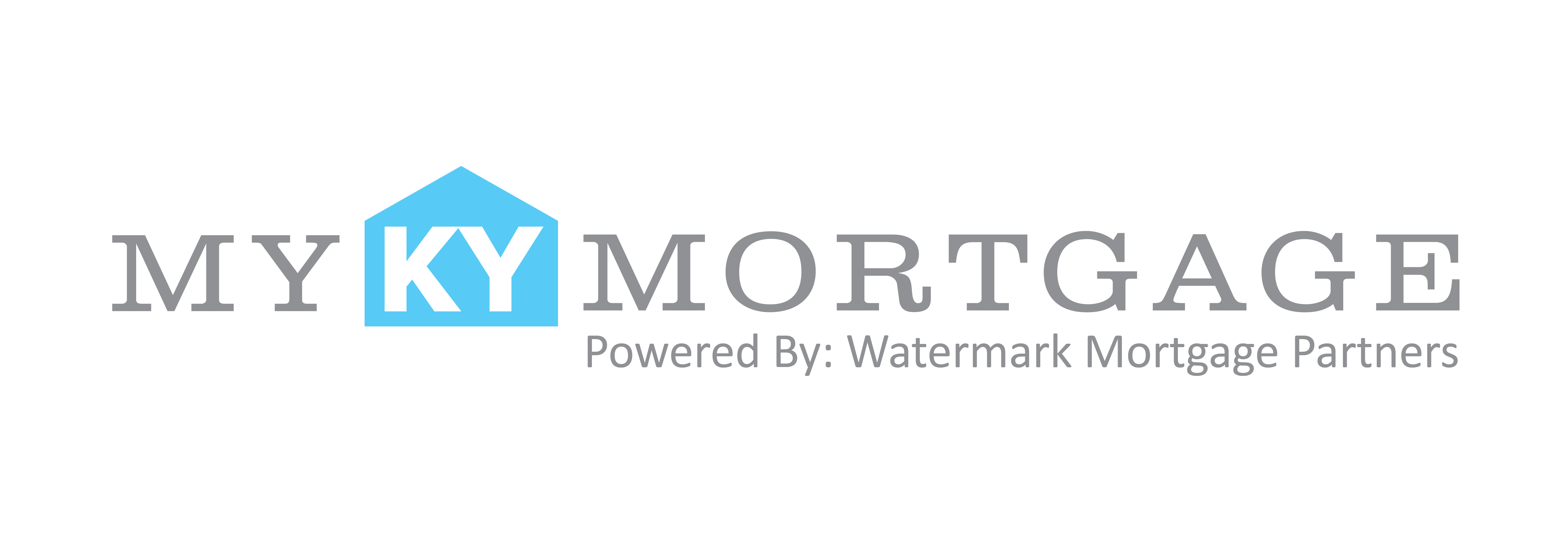As you prepare to file your 2020 taxes, you might be asking yourself what the perks of owning a home are. Well, while the revised Tax Cuts and Jobs Act of 2018 remains in effect, the pandemic has changed the scene somewhat. The IRS has delayed filing season by about two weeks, for example, meaning it won’t begin accepting or processing any 2020 tax returns until Feb. 12, 2021.
The filing deadline, meanwhile, still is April 15. Other questions that might arise due to the new realities of COVID-19 life: Will my work-from-home setup qualifies me for a tax break, and how will unemployment and stimulus checks affect my tax return this year? To help, here’s a complete guide to all of the tax benefits that come with owning a home.
1. Mortgage interest
The ability to deduct the interest on a mortgage continues to be a huge benefit of owning a home, and the more recent your mortgage, the greater your tax savings. That being said, homeowners with a mortgage that went into effect before Dec. 15, 2017, can deduct interest on loans up to $1 million. But homeowners only can deduct the interest on the first $750,000 for acquisition debt incurred after Dec. 15, 2017.
The mortgage interest deduction is an itemized deduction, meaning all of your itemized deductions must be greater than the new standard deduction, which the Tax Cuts and Jobs Act nearly doubled. Of note is the fact that those amounts have increased for the 2020 tax year.
For individuals, the deduction is now $12,400 ($12,200 in 2019), and $24,800 for married couples filing jointly ($24,400 in 2019), plus $1,300 for each spouse aged 65 or older. The deduction also went up to $18,650 for head of household ($18,350 in 2019), plus an extra $1,650 for those 65 or older. As a result, only about 5 percent of taxpayers will itemize deductions this filing season.
2. Property taxes
This deduction is capped at $10,000 for those married and filing jointly no matter how high the taxes are. Be aware that property taxes are on that itemized list of all of your deductions that must add up to more than your particular standard deduction to be worth your while. And remember that if you have a mortgage, your property taxes are built into your monthly payment.
3. Private mortgage insurance
If you put less than 20 percent down on your home, you likely are paying private mortgage insurance (or PMI), which costs 0.3 percent to 1.15 percent of your home loan. The good news for PMI users: You can deduct the interest on this insurance, thanks to the Mortgage Insurance Tax Deduction Act of 2019—the Setting Every Community Up for Retirement Enhancement (SECURE) Act—which reinstated certain deductions and credits for homeowners.
This credit is retroactive, so ask your accountant if it’s a good idea to amend your 2018 or 2019 tax return in case you missed it in past years. (Note: This tax deduction is set to expire again after 2020 unless Congress decides to extend it in 2021.) The PMI interest deduction also is an itemized deduction.
But if you can take it, it might help push you over the $24,800 standard deduction for married couples under 65. How much could you save? If you make $100,000 and put down 5 percent on a $200,000 house, you’ll pay about $1,500 in annual PMI premiums and cut your taxable income by $1,500.
4. Energy-efficiency upgrades
The Residential Energy Efficient Property Credit was a tax incentive for installing alternative energy upgrades in a home. Although most of these tax credits expired after December 2016, credits for solar electric and solar water-heating equipment are available through Dec. 31, 2021.
The SECURE Act also retroactively reinstated a $500 deduction for certain qualified energy-efficient upgrades, such as exterior windows, doors and insulation. This is a credit, so no worrying about itemizing here. However, the percentage of the credit varies based on the date of installation.
For equipment installed between Jan. 1, 2020, and Dec. 31, 2020, 26 percent of the expenditure is eligible for the credit (down from 30 percent in 2019). That figure drops to 22 percent for installation between Jan. 1 and Dec. 31, 2021. As of now, the credit ends entirely after 2021.
5. A home office
You can deduct $5 per square foot (up to 300 square feet) of office space, which amounts to a maximum deduction of $1,500. But there are very strict rules on what constitutes a dedicated, fully deductible home office space. If you are a W-2 employee, for instance, you’re not eligible for the home office deduction under the CARES Act, even if you spent most of 2020 in your home office.
6. Home improvements to age in place
Home improvements must exceed 7.5 percent of your adjusted gross income to receive this tax break. If you make $60,000, this deduction kicks in only on money spent over $4,500. The cost of these improvements can result in a nice tax break for many older homeowners who plan to age in place and add renovations like wheelchair ramps or grab bars in the bath.
Deductible improvements also might include widening doorways, lowering cabinets or electrical fixtures, and adding stairlifts. Note: You’ll need to provide a letter from your doctor to prove these changes were medically necessary.
7. Interest on a home equity line of credit
If you have a home equity line of credit (or HELOC), the interest you pay on that loan is deductible only if that loan is used specifically to buy, build or improve a property,” according to the IRS. That means you’ll save cash if your home is in need of a kitchen overhaul or half-bath, but you can’t use the loan to pay for a wedding or college.
You can deduct only up to the $750,000 cap, and this is for the amount you pay in interest on your HELOC and mortgage combined. (If you took out a HELOC before the new 2018 tax plan for anything besides improvements to your home, you can’t legally deduct the interest.)



